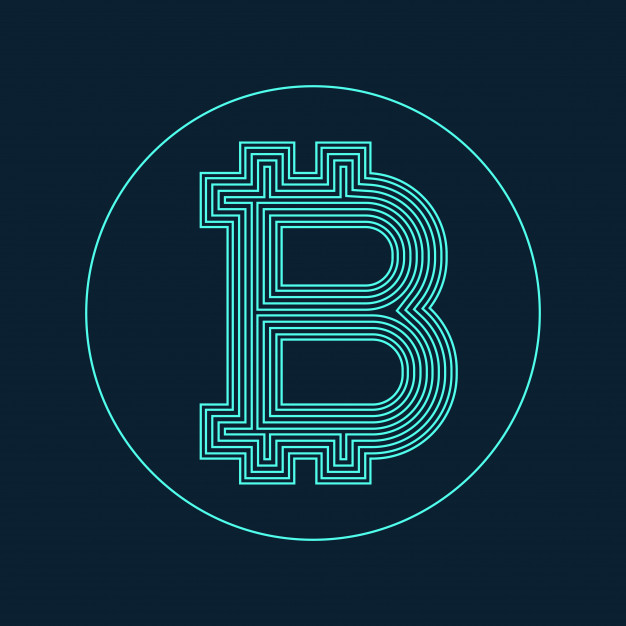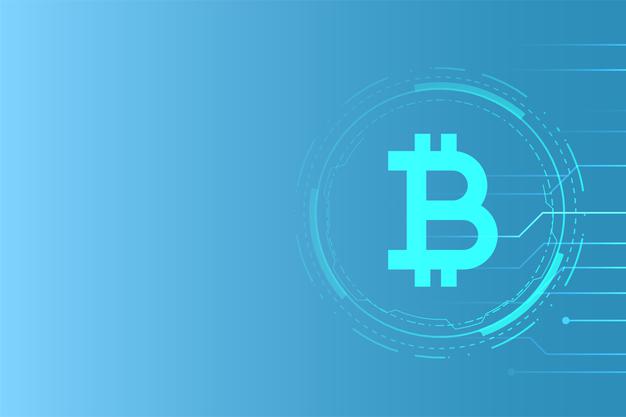
There is a slow but steady increase in the adoption of Bitcoin globally; more people are investing in digital currency. The number of businesses accepting Bitcoin as a currency is also on the rise. Despite these, many people still do not know much about Bitcoin’s essential concepts.
For starters, Bitcoin is a peer-to-peer decentralized platform that allows users to send and receive data on a public network.
Bitcoin is built on blockchain technology and combines two leading technologies:
- Cryptographic keys
- Distributed ledger
Cryptographic keys

Bitcoin makes use of cryptographic keys during transactions. These keys serve as protocols to avoid third parties access in transactions. Bitcoin aims at removing third parties in transactions, cryptographic keys offer just that.
Cryptography is derived from two ancient Greek terms, Kryptos and Graphein, Kryptos means “hidden” and Graphein means “to write.”
Blockchain makes use of two types of Cryptographic key:
- Private key
- Public key
These keys are vital when it comes to carrying out transactions between two parties. The key’s essential purpose is to serve as security for every transaction that takes place. These two keys also secure the digital identity of both parties involved in the transaction. Keeping users anonymous is also an essential aspect of Blockchain technology.
Rather than divulge users’ true identities, it gives users an identity called “Digital signature.” Each digital signature is merged with the Bitcoin peer-to-peer network.
Members of the ecosystem use their unique digital signature to transact among others across the block.
After a transition takes place on blockchain or any other platform like https://bitcoinlifestyle.io/, it undergoes a mathematical verification before it gets to the other user. After the verification, transactions can then be marked as successful. So a cryptography key helps to transact or perform digital interactions between (only) two parties within a particular peer-to-peer network.
Distributed Ledger
Distributed Ledger is a database that records transactions. It allows people to make transparent transactions since all parties involved in the transaction have access to the ledger. Both nodes on the transaction can own a copy of it. If one party attempts to manipulate the ledger, it reflects immediately on the public ledger.
This is the direct opposite of the centralized ledger which is the ledger adopted by most existing companies. Users of centralized ledger experience cyber hack, manipulation, and fraud from time to time, this is exactly what the distributed ledger tries to change.
The Process of Transaction

What makes Bitcoin stand out from other mediums of transactions is the unique way in which it confirms and authorizes transactions. Transactions are easy and fast (compared to traditional methods). Here’s how Bitcoin works:
Suppose Mr. A wants to transact with Mrs. B. First, both Mr. A and Mr.s B need a private and public key. Mr. A then needs to attach transaction information to the public key of Mrs. B. All the transaction information will be stored in a public block.
The block contains information like the digital signature of both parties, a timestamp, and other information. With only a digital signature being revealed, the block keeps both Mr. A and Mrs. B anonymous. The block is then made public once it is transmitted across all nodes.
This makes Blockchain suitable for financial transactions because it stores details of each transaction that takes place.
Four Bitcoin Concepts Every Cryptocurrency Investor Needs to Know About

Blocks: Blocks are files where data about the Bitcoin network are permanently recorded. A block records some of the most recent Bitcoin transactions that have not yet entered any prior blocks. Thus, a block is like a page of a ledger or record book. Each time a block is ‘completed’, it gives way to the next block in the blockchain. A block is thus a permanent store of records that cannot be altered or removed once written.
Once a block is completed, another block takes its place in the blockchain. To sum it up, a block is a permanent store of record that cannot be altered or manipulated.
Keys: Bitcoin and almost every other altcoin make use of the cryptographic system. As earlier stated this system has two types of keys: The public key and the private key. For a layman, keys are used to secure and identify users during a transaction.
Mining: Mining can simply be defined as the process of creating new transaction details to the present digital/public ledger. The term was first used in Bitcoin; it was previously the only way of getting new Bitcoins; during the early stages of Bitcoin, only miners could own Bitcoin, eventually, exchanges were introduced and the rest is history.
Today the term ‘mining’ is used for almost every other project on Blockchain. What miners simply do is generate the hash of a block transaction. This doesn’t come easy; for Bitcoin, involves solving complex mathematical problems; other altcoins have various ways of mining.
With mining, there’s not going to be a need for a central system, hence, mining is what facilitates the decentralization of Bitcoin.
Nodes: From the blockchain point of view, a node is a computer that connects to a cryptocurrency network. The node or computer supports blockchain by validating and relaying transactions. The node has access to a copy of the blockchain.
Any device, whether it is a computer or a mobile phone, once it can connect to a blockchain network automatically becomes a node. There are two types of nodes: Full nodes (enforces all blockchain rules) and Lightweight nodes (a more straightforward node with similar features).
Conclusion

There has been a lot of negativity surrounding Bitcoin in recent times. This has created fear among existing and prospective investors. In order to invest and profit from this technology, you need to understand what it entails. Its structure is not as complex as it seems and just like I explained in the content above it primarily involves the exchange of information (coin) from one party to another without the intervention of a middleman. Transactions are easy, and fast, within an hour you can set up and own a Bitcoin wallet, buy Bitcoin, and start trading within days.













